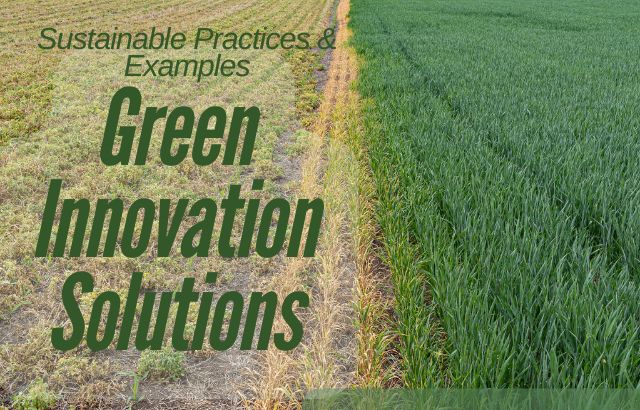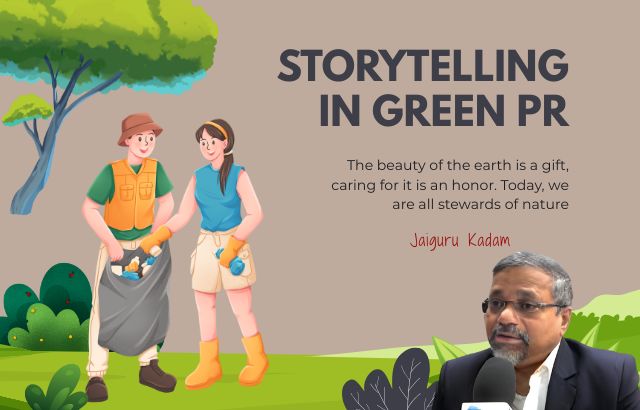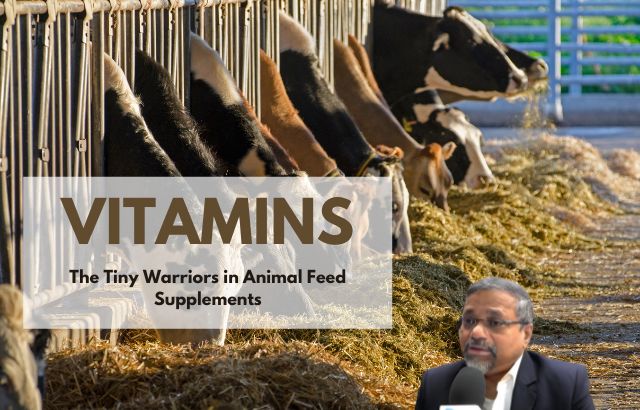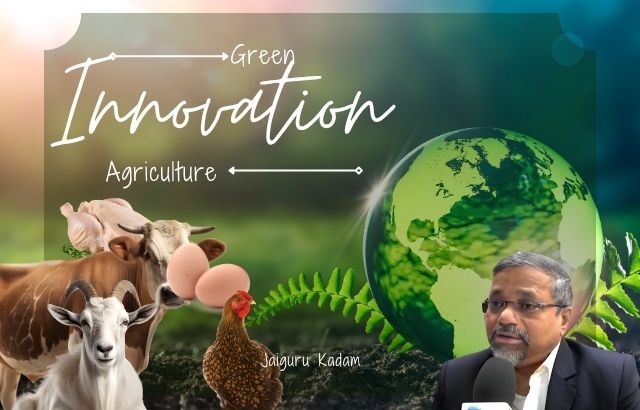Table of Contents
ToggleIn today’s rapidly changing world, sustainability and environmental responsibility are at the forefront of innovation. Green innovators are taking a holistic approach to problem-solving, considering not only the end product but also every step of its life cycle—from raw material extraction, production, usage, and even its disposal. This method ensures that products and processes are designed to minimize negative environmental impacts, conserve resources, and contribute to a circular economy.
What Does Holistic Thinking Mean for Green Innovation?

Holistic thinking involves a comprehensive, systems-based perspective on solving environmental problems. It doesn’t just focus on one element of a product or process but looks at the interconnectedness of various components. Green innovators approach problems by understanding how they impact the planet and seek solutions that are sustainable in every aspect, from resource use to product disposal.
For example, a green innovator designing a new type of herbicide wouldn’t just focus on how effective the product is in killing weeds. Instead, they’d evaluate its environmental impact, such as whether it harms the soil, water, or non-target species and how it can be disposed of safely at the end of its life cycle.
Roles of Green Innovators

Green innovators are catalysts for change in industries that traditionally have significant environmental footprints. Their roles are diverse, but some of the most prominent roles include:
- Product Development: Green innovators design eco-friendly products that are sustainable, reusable, and biodegradable.
- Research and Testing: They conduct research to understand how materials, chemicals, and processes affect the environment and human health. Testing new green technologies is essential to verify their sustainability claims.
- Policy Advocacy: Green innovators work with government bodies, NGOs, and other organizations to push for regulations that promote environmental sustainability.
- Supply Chain Optimization: They ensure that every step of the supply chain, from sourcing raw materials to distribution, minimizes environmental harm.
- Collaboration with Stakeholders: Green innovators collaborate with businesses, local communities, and academic institutions to drive sustainable practices forward.
Examples of Agri-Green Innovation

Let’s explore specific examples of green innovation in different sectors, especially focusing on those related to agriculture and chemical innovations:
- Green Solvents:
Traditional solvents, such as acetone and benzene, are harmful to both human health and the environment. Green solvents are designed to replace these toxic solvents with safer, biodegradable alternatives. For example, solvents derived from renewable resources like corn or sugarcane have become popular in industries such as paints, coatings, and pharmaceuticals. These green solvents have a lower toxicity profile and are often biodegradable, reducing their environmental impact. - Green Surfactants/Adjuvants:
Surfactants are commonly used in cleaning products and agricultural formulations, but many are synthetic and derived from petrochemicals. Green surfactants, on the other hand, are derived from renewable sources like plant oils, sugars, and fatty acids. These eco-friendly alternatives are biodegradable, non-toxic, and have minimal environmental impact. One example is the use of plant-based surfactants in eco-friendly detergents, which break down faster in the environment and are less harmful to aquatic life. - Plant-Derived Herbicides/Green Herbicides/Bioherbicides:
Herbicides play a key role in agricultural productivity, but many conventional herbicides have negative effects on the ecosystem. Green herbicides, or bioherbicides, are natural alternatives that use plant extracts, microbial agents, or naturally occurring compounds to control weeds. For instance, pelargonic acid, derived from plants, is an example of a green herbicide that is effective in weed management and breaks down quickly without harming the environment. - Green Herbicide Safeners:
Green herbicide safeners are compounds that protect crops from the potentially harmful effects of herbicides. These safeners are designed to be environmentally friendly, helping prevent damage to non-target plants while still allowing herbicides to target weeds. For example, safeners derived from natural plant sources can be used to protect crops like corn or soybeans, ensuring the herbicide selectively kills weeds while preserving crop health.
Jaiguru Kadam’s Contribution to Agricultural Green Innovation
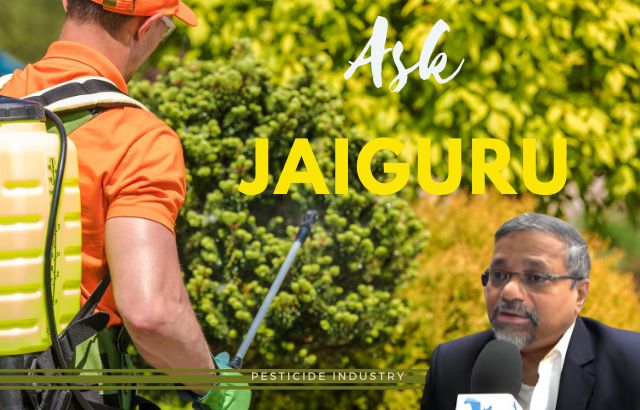
Jaiguru Kadam is a well-known agricultural innovator who has made significant contributions to green innovation. He has worked on introducing eco-friendly herbicides and sustainable farming practices. One of his notable innovations is a plant-derived herbicide that effectively controls weeds without damaging the surrounding ecosystem. This herbicide was designed to decompose naturally after use, leaving no toxic residue in the soil or water.
Kadam’s approach focuses on integrating holistic thinking in agricultural practices, from sustainable sourcing of raw materials to product application and disposal. His innovations aim to reduce the harmful use of chemical pesticides and fertilizers, contributing to healthier soils, improved biodiversity, and reduced greenhouse gas emissions.
Striking statistics on Green Innovation

The importance of green innovation is reflected in some compelling statistics:
- Global Green Solvents Market: The global market for green solvents is projected to grow by 7.5% annually from 2020 to 2025, as companies shift towards more sustainable alternatives to petroleum-based solvents.
- Bioherbicides Growth: The bioherbicide market is expected to reach $5.2 billion by 2026, driven by the growing demand for sustainable and organic farming practices.
- Plant-Based Surfactants: The global market for green surfactants is estimated to reach $25 billion by 2027, with an increasing preference for natural and biodegradable ingredients in consumer products.
- Sustainable Agriculture: According to the United Nations, sustainable agriculture practices have the potential to increase food security while reducing environmental harm, helping to meet the demands of a growing global population.
Frequently Asked Questions – Jaiguru’s Approach to Green Innovation
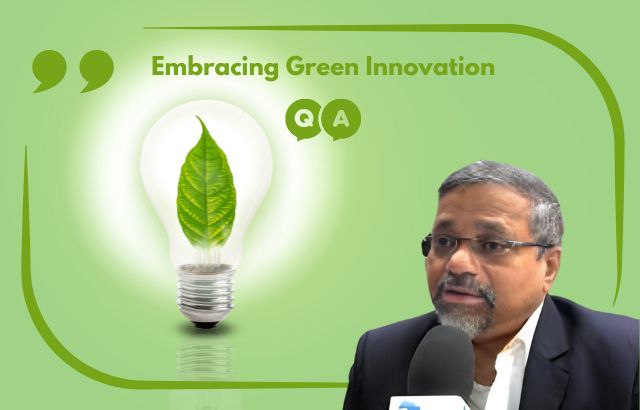
Q1: What is the difference between traditional herbicides and green herbicides?
Green herbicides are typically derived from plant-based or microbial sources and are less harmful to the environment compared to traditional synthetic herbicides. They are biodegradable and non-toxic, posing less risk to soil, water, and non-target species.
Q2: Are green solvents safe to use in industrial applications?
Yes, green solvents are safer alternatives to traditional solvents. They are typically biodegradable and have a lower toxicity profile, making them safer for both workers and the environment.
Q3: Can plant-derived herbicides be as effective as chemical herbicides?
Yes, many plant-derived herbicides have been shown to be effective in controlling weeds. While they may require different application techniques, they can provide a sustainable alternative to traditional herbicides.
Q4: How do green surfactants benefit the environment?
Green surfactants, made from renewable plant-based sources, are biodegradable and have minimal impact on aquatic life. They break down faster than synthetic surfactants, reducing the long-term environmental effects.
Q5: How can farmers adopt green innovation in their practices?
Farmers can adopt green innovations by transitioning to sustainable farming methods, using plant-derived herbicides and bio-based fertilizers, and incorporating technologies that minimize chemical use and reduce environmental impact.
Conclusion
The role of green innovators is critical in shaping a sustainable future. By applying holistic thinking, these innovators design products and solutions that minimize environmental harm and promote long-term sustainability. From green solvents to bioherbicides, these innovations are transforming industries, offering eco-friendly alternatives that preserve natural resources and protect the planet for future generations. Green innovation is no longer a trend; it is the key to building a sustainable and resilient world.

